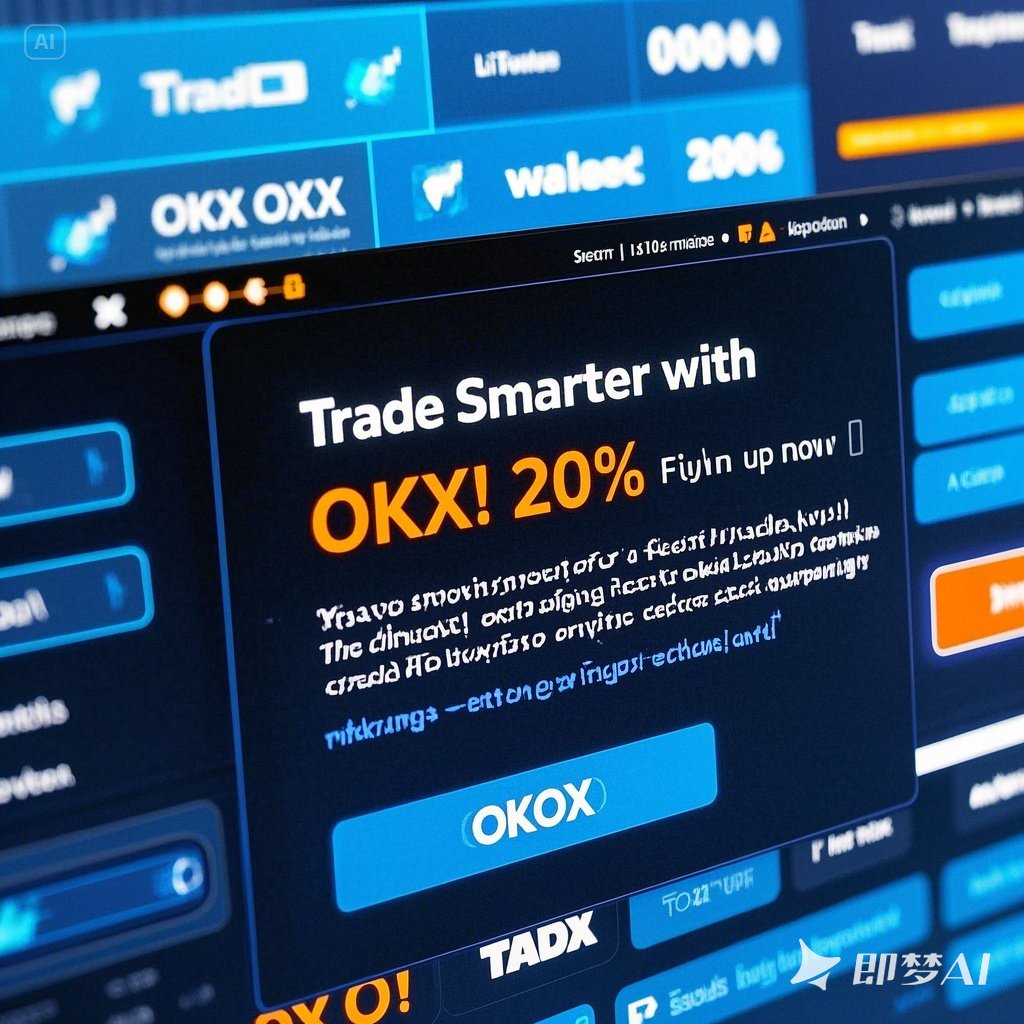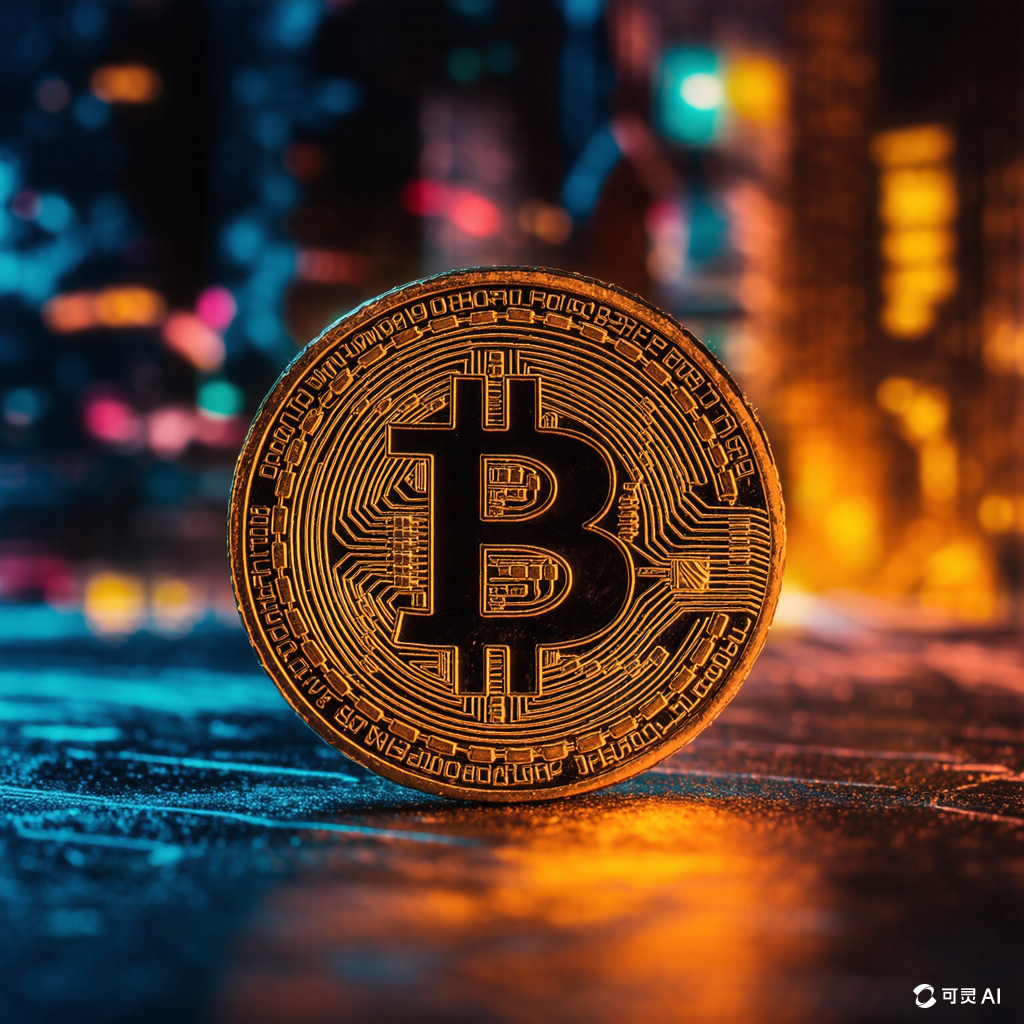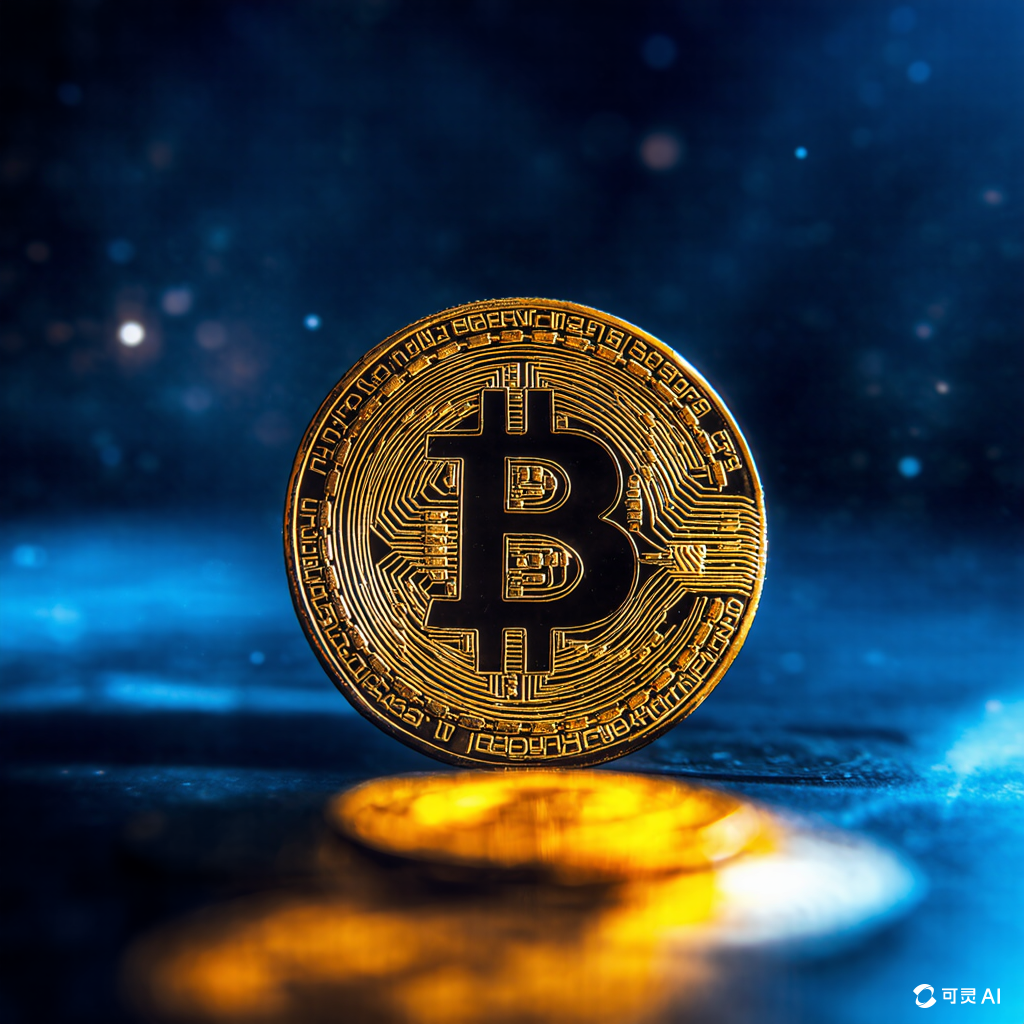XRP News Today: XRP Gains on $100M Treasury Move, ETF Hype Builds; BTC at $106k | FXEmpire
What is XRP and its role in the cryptocurrency market?
What is XRP and Its Role in the Cryptocurrency Market? < h2 { color: #34495e; } < <
Introduction to Blockchain Technology and Its Relevance to XRP
Blockchain technology has revolutionized industries by introducing decentralized systems that ensure transparency, security, and efficiency. At its core, blockchain is a distributed ledger that records transactions across multiple computers in a way that ensures data integrity and immutability. This technology underpins cryptocurrencies like Bitcoin and Ethereum but also extends to a wide range of applications such as supply chain management, voting systems, and financial services.
What Is Blockchain?
A blockchain is essentially a series of blocks linked together, forming a chronological chain. Each block contains a list of transactions, along with a cryptographic hash of the previous block, creating an unbreakable chain. Once a block is added to the chain, it cannot be altered without altering all subsequent blocks, making the system highly resistant to tampering. The decentralized nature of blockchain means there is no central authority controlling the network; instead, consensus mechanisms like Proof of Work (PoW) or Proof of Stake (PoS) ensure that all participants agree on the validity of transactions.
This decentralized structure offers several advantages over traditional centralized systems. For one, it eliminates the need for intermediaries, reducing costs and increasing transaction speed. Additionally, blockchain’s transparency ensures that all parties involved can verify transactions independently, fostering trust within the network.
XRP and the Ripple Network
XRP, the native cryptocurrency of the Ripple network, operates on a unique blockchain-based protocol designed specifically for fast, low-cost global payments. Unlike many other cryptocurrencies, XRP was created not just as a speculative asset but as a solution to address inefficiencies in the global financial system, particularly in cross-border payments.
The Ripple network uses a consensus mechanism called the Ripple Consensus Ledger (RCL), which differs from the PoW or PoS models used by Bitcoin and Ethereum. Instead of miners validating transactions, the Ripple network relies on a group of servers known as validators to reach consensus. These validators are chosen by Ripple Labs and other trusted entities, ensuring a high level of security and speed. Transactions on the Ripple network can be confirmed in as little as 3-5 seconds, compared to the minutes or hours required by traditional banking systems.
XRP serves two primary purposes within the Ripple ecosystem: facilitating liquidity and acting as a bridge currency. Banks and financial institutions often hold pools of XRP to provide liquidity for cross-border payments, allowing them to move funds quickly and efficiently. Furthermore, XRP can act as a bridge currency, enabling seamless transfers between different fiat currencies without the need for intermediaries.
Why Is Blockchain Relevant to XRP?
Blockchain technology is central to the functionality of XRP and the Ripple network. By leveraging blockchain’s decentralized and transparent nature, XRP enables faster, cheaper, and more reliable international money transfers. Traditional payment systems rely on intermediaries such as correspondent banks, which can lead to delays and higher fees. In contrast, the Ripple network allows for direct peer-to-peer transactions, cutting out the middleman and reducing costs significantly.
Moreover, blockchain provides the foundation for programmable finance, where smart contracts can automate complex financial processes. While XRP itself does not use smart contracts, the underlying blockchain architecture supports the development of decentralized applications (dApps) that could integrate with the Ripple network in the future. This opens up possibilities for innovative solutions in areas such as remittances, trade finance, and micropayments.
Another key aspect of blockchain’s relevance to XRP is its role in ensuring security and reliability. The distributed ledger ensures that all transactions are recorded permanently and cannot be altered, protecting both senders and recipients from fraud. Additionally, the decentralized nature of blockchain reduces reliance on any single point of failure, making the Ripple network more resilient against cyberattacks.
Conclusion
Blockchain technology has fundamentally transformed how we think about financial systems, and XRP stands as a prime example of its potential. By harnessing the power of blockchain, XRP offers a faster, cheaper, and more secure alternative to traditional cross-border payment methods. As the world moves toward greater digitalization, understanding the intersection of blockchain and cryptocurrencies like XRP becomes increasingly important.
Whether you’re an investor, a business owner, or simply someone interested in emerging technologies, grasping the basics of blockchain and its application in platforms like XRP will empower you to navigate the rapidly evolving landscape of digital assets and decentralized finance (DeFi).
Back to Top











